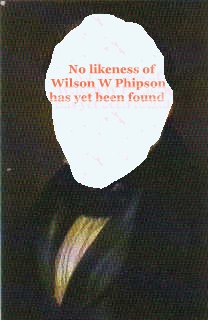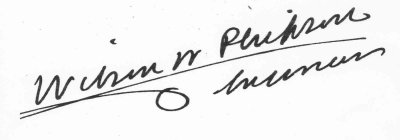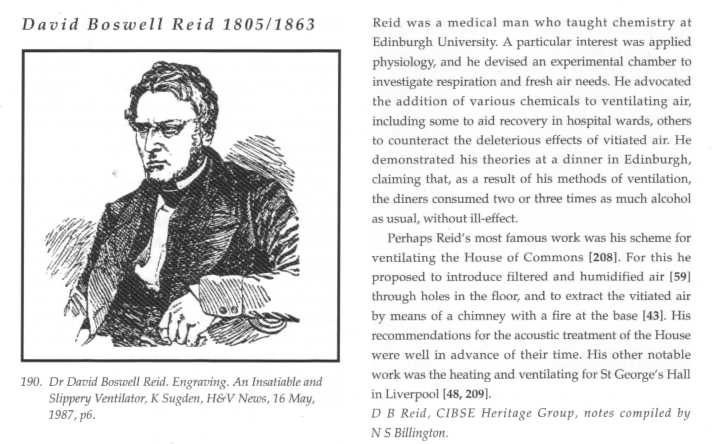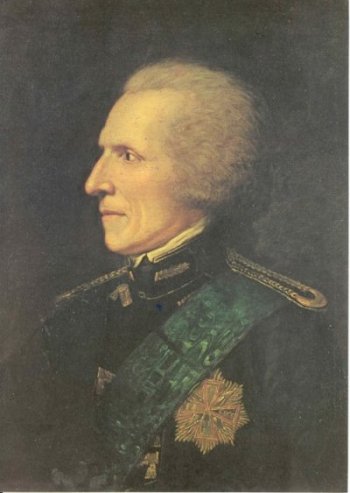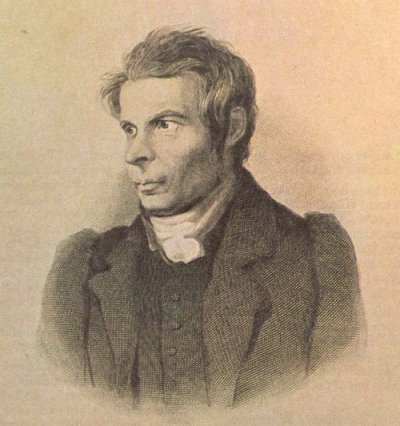|
Heating
&
Ventilating
Hall of Fame
|

| Arthur H
Barker, 1870-1954 |
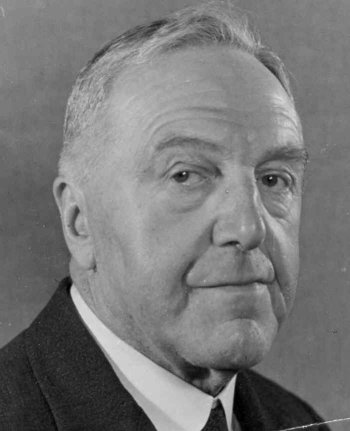 |
Barker had a distinguished career in heating and ventilating. He was one of the outstanding figures of his time and contributed greatly to the technology of the industry. He gained a BSc and a BA at London and was the Senior Whitworth Scholar (1895). He began his industrial career as a fitter with Henry Berry of Leeds (hydraulic engineers), moved to Gwynne (pumps) as a draughtsman, to Haden in Trowbridge and then to J F Phillips. He later set up as a consulting engineer. Barker invented a steam
accelerator, the Cable System, for increasing
flow in hot water systems (1903) and patented a
method of radiant heating (1908), being regarded as
the Father of this concept. He also published his
classic textbook Barker on Heating (1912) and was
the first lecturer on heating and ventilating at
London University. He deduced (with Kinoshita) the
1.3 power law for radiator output (1918) and went on
to become President of the IHVE (1922).
|
| Oscar Faber 1886
- 1956 |
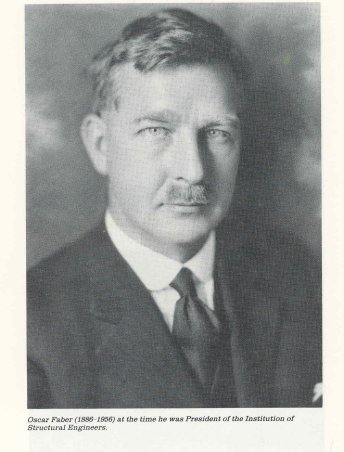 |
English civil, electrical and
mechanical engineer. Made his reputation designing
reinforced concrete structures. Chief Engineer,
Trollope & Colls, when he worked on many
important buildings. Set up as a consulting engineer
(1920). Acted as a consultant to the Bank of England
(1925 – 1942) for structure, heating and air
conditioning plant with J R Kell, and electrical
systems. Responsible for numerous city banks and for
the Earls Court Exhibition Building (1938). He
advised on the design of Sydney Harbour Bridge and
the Mersey tunnel. Wrote (1936, with Kell) the
standard textbook Heating and air conditioning of
Buildings. President IStructE (1936). President IHVE
(1944 – 1945, serving two terms). Awarded OBE for
his work during the Second World War. Involved in
the air conditioning of the rebuilt House of Commons
(1943 – 1950), for which he was made CBE (1951). His
biography (by his son John) reveals that in spite of
his brilliance he was not always easy to work with.
|
| George Nelson
Haden 1817 - 1892 |
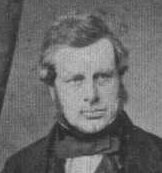 |
Apprenticed into his
fathers and uncles firm of G & J Haden in
Trowbridge Wiltshire. Took over control of the
firm following his fathers death in 1856 and
expanded the business manufacturing and erecting
thousands of warm air ventilating stoves during his
lifetime (each one having its own unique number)
in Cathedrals, Churches, Stately Mansions and public
buildings . He controlled the firm to operate as
designers, manufacturers and installers of heating and
ventilating systems, and worked closely with many
famous architects of the Victorian period including
George Gilbert Scott. Carried out many prestigious
contracts including the Manchester Assize
Courts 1863, The Law Courts Strand London, St Pancras
Station and Hotel and the Reading Rooms at the British
Museum. Opened branch offices in London,
Manchester and Birmingham.
Installed in the Manchester Assize Courts possibly the
first spinning disk air washer to clean and cool the
ventilation air. Opened a foundry in Trowbridge in
1874 to manufacture all the components necessary for
the installation of heating systems. |
| John Robert Kell 1902 - 1983 |
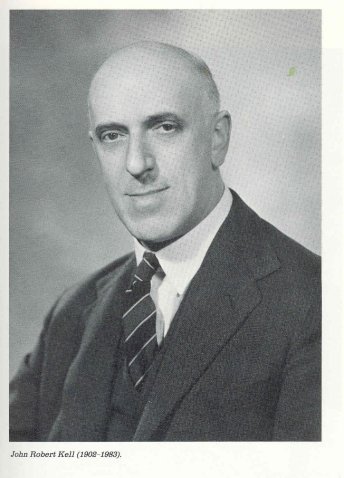 |
English engineer. Initially worked as
a contractor. Joined (1926) the Office of Oscar
Faber. He was deeply involved in all aspects of the
building services design for the Bank of England,
which involved on site electricity generation with
waste heat recovery. Wrote (1936 with Faber) the
standard textbook Heating and air conditioning of
Buildings. Later his work on the 12 acre Earls court
Exhibition building involved conducting full-scale
tests on the special ventilating jet nozzles (IHVE
Journal, March 1938). Taken into partnership
by Faber (1948). Responsible for the air
conditioning of the rebuilt House of Commons (1943 –
1950). President IHVE (1952). Remarked “that of the
forty five Presidents to date, only five have been
consultants.” Made CBE (1966). Awarded IHVE
Gold Medal (1967). Associated with the Abbey Church
at St Albans for many years, Kell has the unusual
distinction of having his bust carved in stone,
among the roof gargoyles.
|
